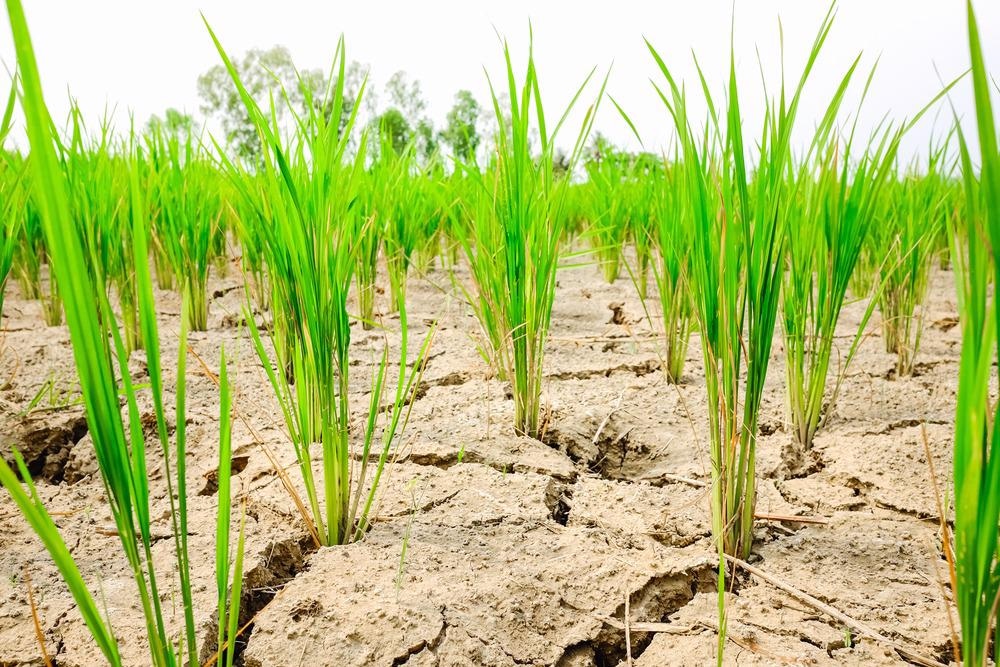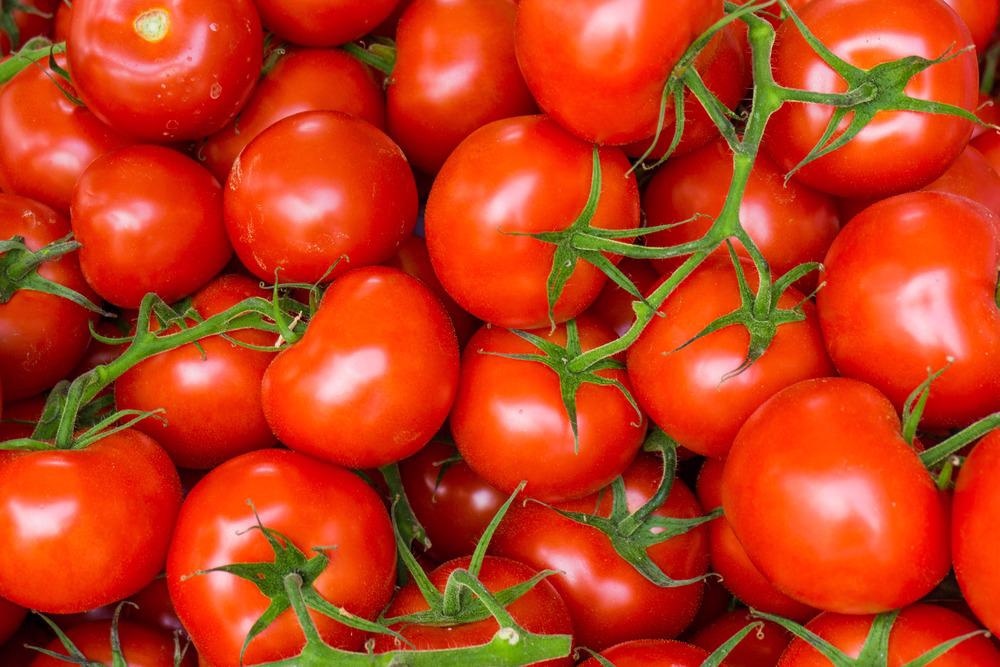Food insecurity is one of the most critical challenges the world currently faces. By 2050, food production will need to have doubled to meet the needs of the growing population. However, production is already reaching its limits with current agricultural processes due to climate change's increasing pressures on food production.

Image Credit: odd-add/Shutterstock.com
With extreme weather and droughts becoming more commonplace and increasing pollution, pest outbreaks, and competition for agricultural land, the world is reaching its capacity in terms of food production.
One strategy to overcome these challenges and help the world produce enough food for the future is leveraging CRISPR technology to genetically edit crops to make them more resilient to the challenging climates they need to survive in.
Revolutionary gene-editing technology could protect crops from the perils of climate change
Clustered Regularly Interspaced Short Palindromic Repeat technology, known more commonly as CRISPR, is a powerful tool that can alter DNA sequences and change the function of a gene. It is an important new area of science as it has the potential to solve some of the most challenging issues the modern world faces. Therefore, it is unsurprising that the gene-editing technology CRISPR-Cas9 won Emmanuelle Charpentier and Jennifer Doudna the Nobel Prize in Chemistry in 2020.
Researchers have begun developing CRISPR technology to produce crops with desirable traits that make them more tolerant of adverse weather conditions, allow them to grow in climates where they would usually fail, make them resistant to pests, and even grow larger and with preferable nutritional values.
The potential uses of CRISPR in agriculture are vast. If the technology is successfully developed and widely adopted, there is a strong chance that it could improve food productivity and environmental stability. CRISPR technology may allow the world to produce enough crops for its growing population in adverse conditions.
Is gene-editing safer than genetic modification?
Genetically modified foods (GMO foods) generally have a poor reputation, primarily due to the risks they pose to the human body and the general consensus that consumption of GMO foods can lead to the development of antibiotic-resistant diseases.
Gene editing, however, is not the same as genetic modification as it doesn't rely on transgenics, where genes are moved from one species to another. Therefore, the dangers associated with GMO foods do not translate to gene-edited foods.
CRISPR was first used in eukaryotic cells in 2015. The technology leverages the natural immune system of bacteria to precisely snip the genome at a target location. Here, it can then cut out part of the sequence or add genetic information. As a result, it can turn genes on and off or give the organism new functions. While the process is not without limitations, it is far more precise than previous gene-editing techniques. Additionally, the new functions bestowed on the organisms via CRISPR are usually found in nature, often in the same genus.
For example, a crop that is vulnerable to droughts may be edited with a gene from a similar crop that is more resilient to dry weather to prevent crop failures. Scientists view gene editing as a way of accomplishing something that could feasibly happen in nature, just in a more efficient way. Essentially, the tool allows scientists to create versions of nature that could have occurred naturally.
The GABA-enriched tomato: the world's first CRISPR-edited crop
To date, most work with gene-edited crops is still in the research phase. The CRISPR-Cas9 system was first used in tomatoes in 2014. Scientists used the technology to knock out Argonaute 7, which led to wiry phenotypes. Since then, many more research papers on the use of CRISPR-Cas9 in editing tomatoes have been published. Within these publications, scientists have explored how to use the tool to create plants resistant to biotic stresses, resistant to abiotic stresses, and of improved quality.
In 2021, a tomato became the very first genome-edited food made with CRISPR–Cas9 technology to be available on the market. In September of last year, Sicilian Rouge tomatoes that were genetically edited to contain high amounts of γ-aminobutyric acid (GABA) were launched in the Japanese market.
The motivation behind increasing GABA in this fruit is that research has shown its impact on lowering blood pressure and promoting relaxation. In Japan, GABA is famous as a health-promoting compound. Already, there are hundreds of GABA-enriched foods on the market in the country.
Launching the world's first CRISPR engineered food product is an important milestone. It is hoped that it will help encourage the acceptance of gene-edited foods and pave the way to a new era of agriculture. These crops are not being labeled as "GMOs" and are being referred to as "genome-edited" will be important in changing public perceptions.

Image Credit: Ewa Studio/Shutterstock.com
Continue Reading: Boosting Plant Health Using Gene Editing
Further Reading
Last Updated: May 16, 2022